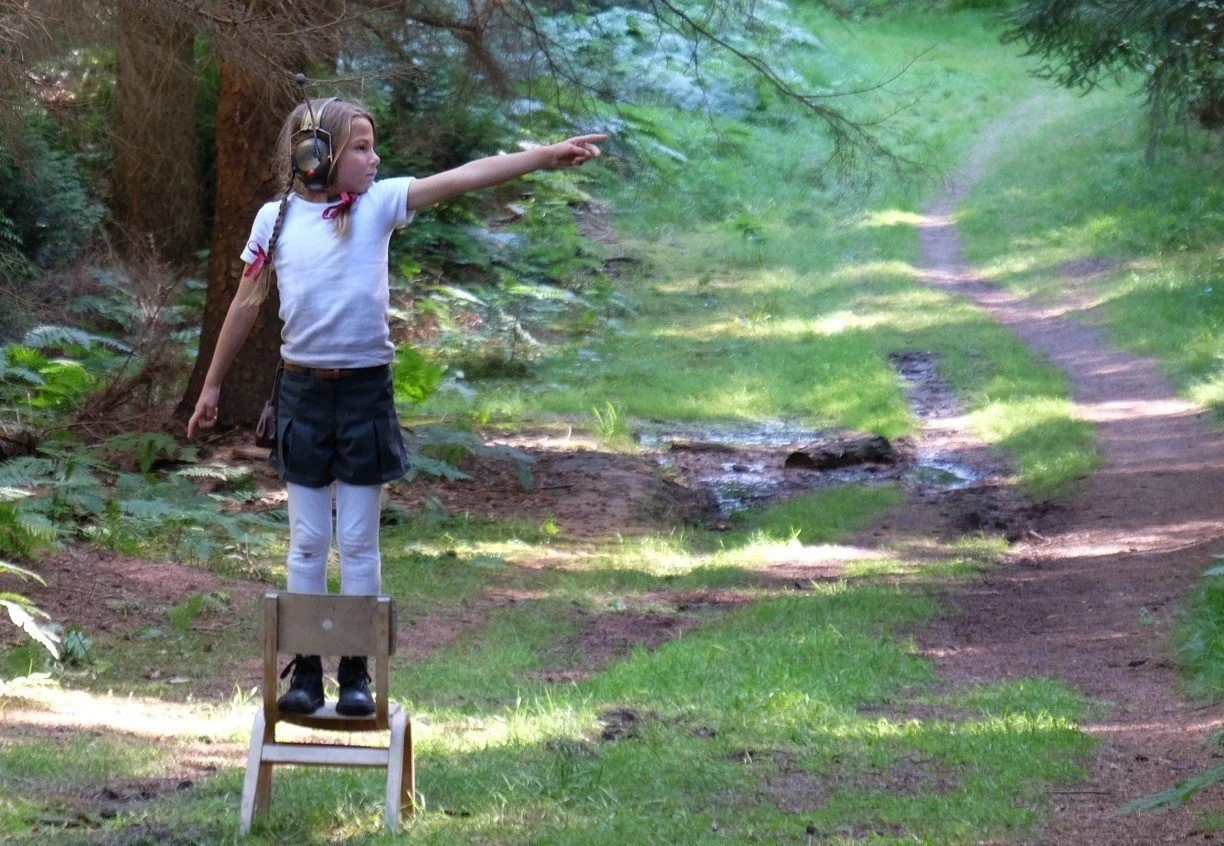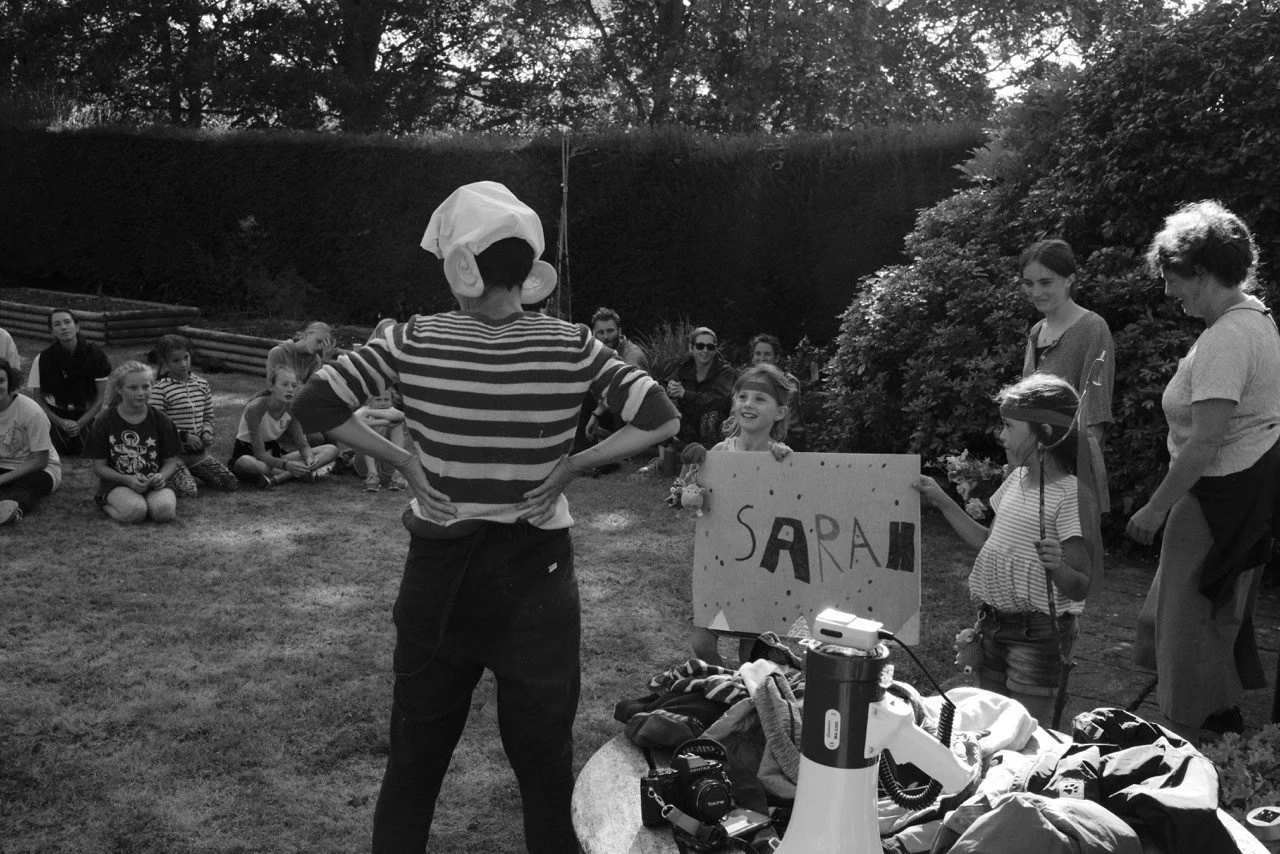Acceptance
It’s a commonly known fact… if you win an award, you make an impactful speech.
I’ve been shortlisted for One Dance UK’s “Young People’s Dance Champion” Award. We head to Birmingham today to take part in the ceremony; that’s David, Ernie, Stuart and me.
All week, I’ve been feeling unsettled.
Firstly, I doubt I’ll be able to make a profound speech because I don’t expect to be chosen. Secondly, even though I quite like speaking to a crowd, there’s way too much to say.
Here’s a post about why I not only champion young people but have everything to thank them for.
It’s a personal tale.
From a young age, I yearned to dance and explore its power. I’ve sharp memories of broadcasting my love to a 10-year-old classmate at a primary school disco through pre-rehearsed, unique, forward-and-back shoulder shimmies. I believed it was my duty to reorganise the nativity play to include more dramatic, gestural work for angels and shepherds. When I finally found a ballroom dancing school, I was saddened to encounter restriction… it turned out the only thing I could make up was my costume. In this photograph, I am moving with ease. I felt exotic having removed the fringe to a standard lamp to create a skirt, combining it with a swimming costume and my mum’s necklace.
From a young age, I wanted to direct but struggled to explain this to almost every adult I encountered. The role was always taken… by them.
From a young age, I understood audiences always end up watching a single person dance in a crowd – whether at a ballroom dancing competition or school disco. It’s the way people move that magnetises, not the moves that are executed.
Back to 1970s Norwich. My dad was my favourite dancer. He was badly dressed, had a belly and was unadventurous in so many ways, but he knew himself when he was dancing. With this gift, he’d quickstep my mum across the room on New Year’s Eve at the John Innes Institute community hall. I was fascinated by my dad’s transformation.
I didn’t make the leap to dance until I was 29. When my children came, a few years later, I plunged us into experiments in the lounge and various village halls. Ernie and Lenny – I’ve always said they’ve put in a good shift.
By this time, I’d also met Carol Turner at the Landmark Theatre in Ilfracombe. She is unique and should be receiving the Award. She handed over a group of about 12 boys aged 8 to 16, all of whom were up for experiments. They became “Smash Boyz”. I made sure they felt blood pound through their bodies, held the eye of each and every audience member and revelled in silences. Then, and only then, did they dance. I bumped, scraped and laughed with them as we built site-specific performances on beaches and in abandoned factories with white vans to take them away at the end (their idea). I followed the compass I’d built as a young girl, which led to daring, ecstatic performances I’ll cherish forever.
I came to understand and trust a few things.
If we’ve seen every dance move there is to see, focus on intention.
Ask a child or young person what it feels like to put their body on the line.
Empower them to broadcast using their own movement vocabulary.
Focus obsessively on rekindling the brilliant improvisation skills they’ve brought from childhood.
Mimic adult dance less.
Build a delicate, fluid relationship with watchers rather than stare into the fourth wall.
I also realised I had to bring the full force of my understanding of children and young people as performers to the adult realm. Look around, the world is crammed with young life and complex relationships between young and old, so why design it out when making?
Back to Ernie and Lenny and friends’ children. With a series of performances called Liberator, I tested just how capable little people are at handling tasks, risks and responsibility. They can do so much more than we know.
Lenny and Raffy were 6 years old in Liberator. They needed to get from one part of a dense conifer wood to another between scenes and resolved they should follow a piece of string to arrive accurately and safely. Knowing they could do this adult-free filled them with unique power: a glint in the eye, pushed-out chests, disdain, invincibility… all of which captivated audiences.
The Landings followed, a two-hour performance journey through the coastal hinterland between Blue Anchor and Minehead. Our first performance coincided with a thunderstorm, and a fierce one at that. I took my audience group down a farm lane towards Faith and Lenny, now aged 8. He was soaked to the skin. The sky cracked with lightening again. I was so close to getting on the radio to call the whole thing off until Lenny caught my eye. As the thunder swelled, he lifted his chin, struck down his stick, absorbed the power of the storm and became enormous. In other words, he was completely fine and enjoying this. As a result, my audience would follow him to the end of the earth, and they did.
All the performances I’ve made since Liberator have included children and young dancers from the get-go, working in parity with adult performers. They are an essential part of the process. They unlock what we don’t know and free us from our repetitive selves.
Final thought.
Stacked Wonky is what I longed for as a child. It’s a school of dreams; it’s the place I didn’t know existed but believed would be waiting for me one day. It’s the glorious sum total of all the young people we’ve known.
I champion young people in dance… but champion isn’t the half of it. I am who I am – and it’s nice to be well-thought of – because they made me.









